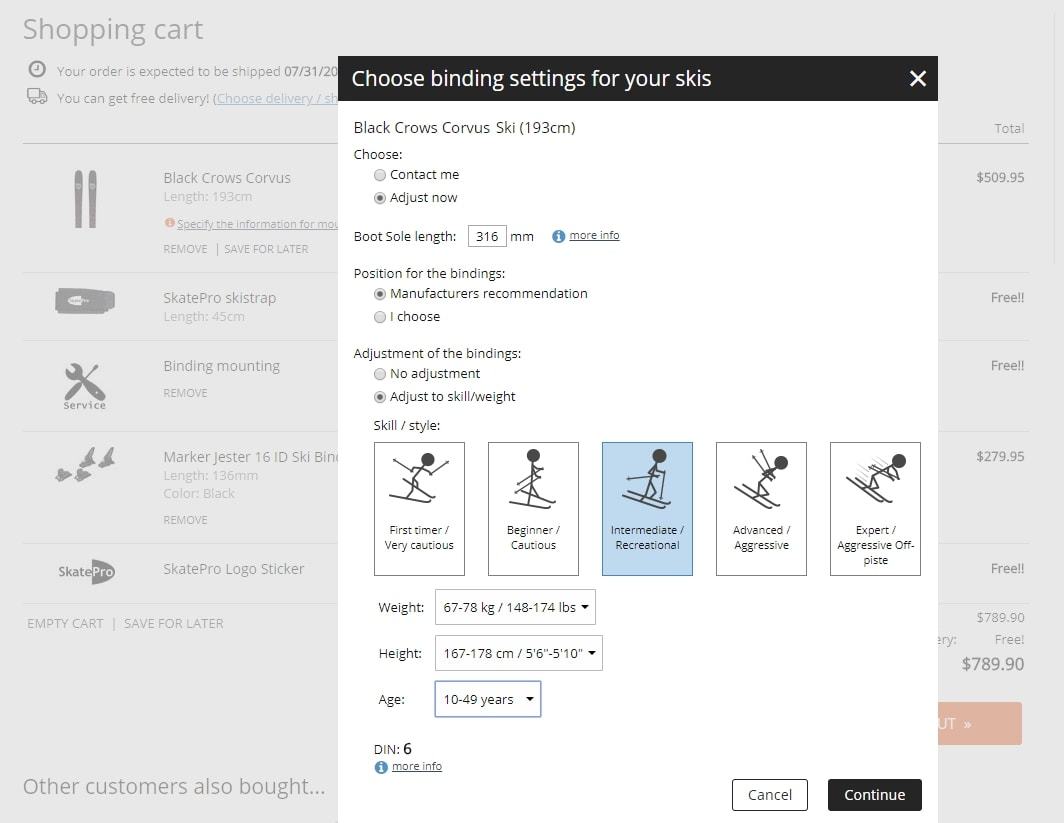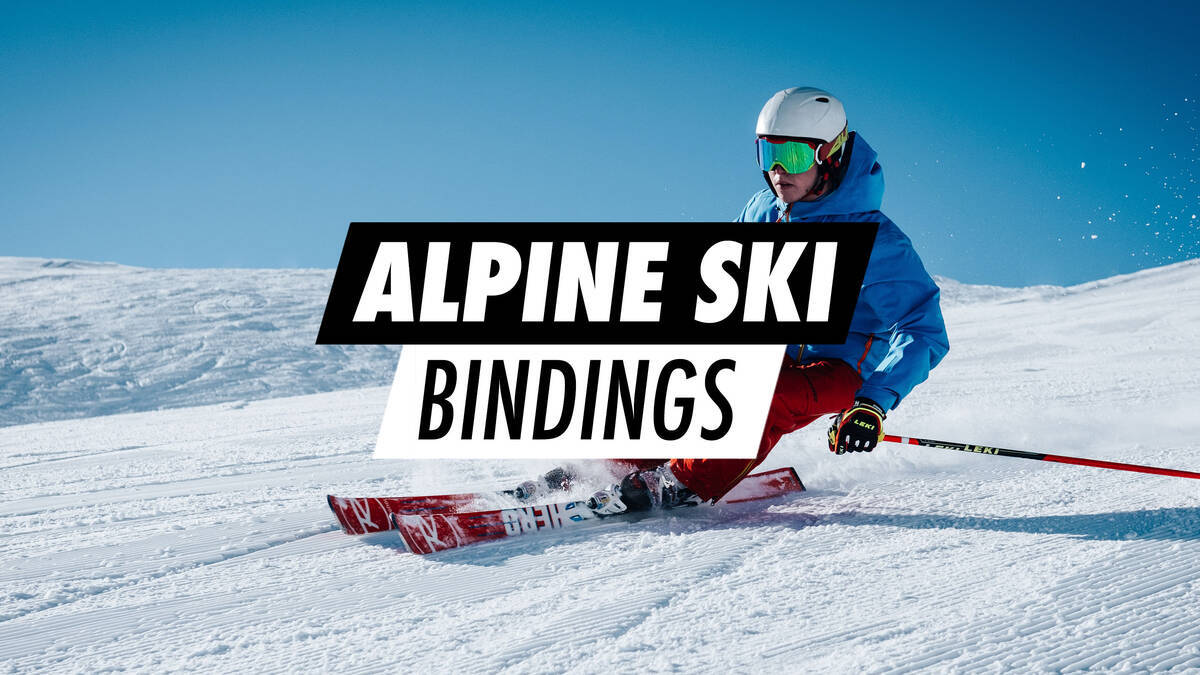Purchasing Alpine Ski Bindings
What exactly is an alpine ski binding?
In simple terms, ski bindings attach you to your skis. Different categories of bindings exist, such as alpine, telemark, and touring. This discussion is focused on alpine bindings, which are affixed to piste, all-mountain, race, freestyle, and freeride skis. Your choice in alpine bindings often depends on your riding preference and expertise.Components of an Alpine Binding
Alpine bindings feature two primary components: the toe and heel pieces. Each of these includes the DIN system, which releases the bindings in the event of a fall. To understand the DIN system further and to calculate your DIN value, visit our DIN calculator. The toe segment comes with an anti-friction plate/device (AFD) and horizontal wings. These wings facilitate the lateral release of the boot from the binding, helping to prevent twists. In contrast, the heel piece provides vertical release as a safeguard against dislocations during forward falls. Additionally, it includes a brake or stopper. This brake prevents your skis from speeding downhill unrestrained in the event you fall and the binding detaches from your ski boot. Ski resorts insist on a working brake system. Brakes also help keep your skis connected during stacking and transport. Once locked in, the brake lifts, signalling readiness to ski.
In contrast, the heel piece provides vertical release as a safeguard against dislocations during forward falls. Additionally, it includes a brake or stopper. This brake prevents your skis from speeding downhill unrestrained in the event you fall and the binding detaches from your ski boot. Ski resorts insist on a working brake system. Brakes also help keep your skis connected during stacking and transport. Once locked in, the brake lifts, signalling readiness to ski.
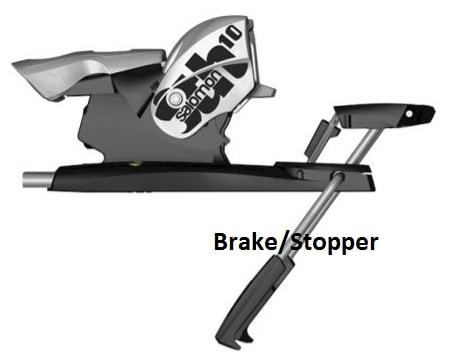
Categories of Alpine Bindings
The principal distinction is their mounting method on the skis. Manufacturers may pre-mount your alpine bindings for you, ensuring an ideal pre-setting. Alternatively, you could purchase them separately. If separate, choose between track mounting or drill mounting.Track Mounting
Track-mounted bindings attach to a pre-drilled plate on the ski, provided by the manufacturer. Just select bindings compatible with the plate system, then slide them on. This mounting method offers a major advantage: manufacturers select optimal plates to enhance ski performance. These bindings are simpler to adjust or readjust, useful if lending skis to others.Drill Mounting
Drill-mounted bindings are installed directly onto the skis, no track/plate involved. Due to the need for special tools, professionals should fit them. While they allow less lengthwise adjustment compared to track mounts, they are tailored to a skier's specific boot size. With this type, any binding can mount to your skis, bypassing track systems. This flexibility in customization makes them popular with freeride, freestyle, and touring skiers who appreciate tailoring bindings to their style of skiing.Understanding Alpine Ski Binding DIN/ISO
Locating the DIN Value
The DIN (Deutsches Institut für Normung) value, also known as ISO, establishes when bindings should release. It's essential for ensuring safety and managing impact forces. The binding must release appropriately when a skier falls to minimize injury risks such as knee or hip damage. Both toe and heel bindings should have their DIN values properly adjusted to fit you.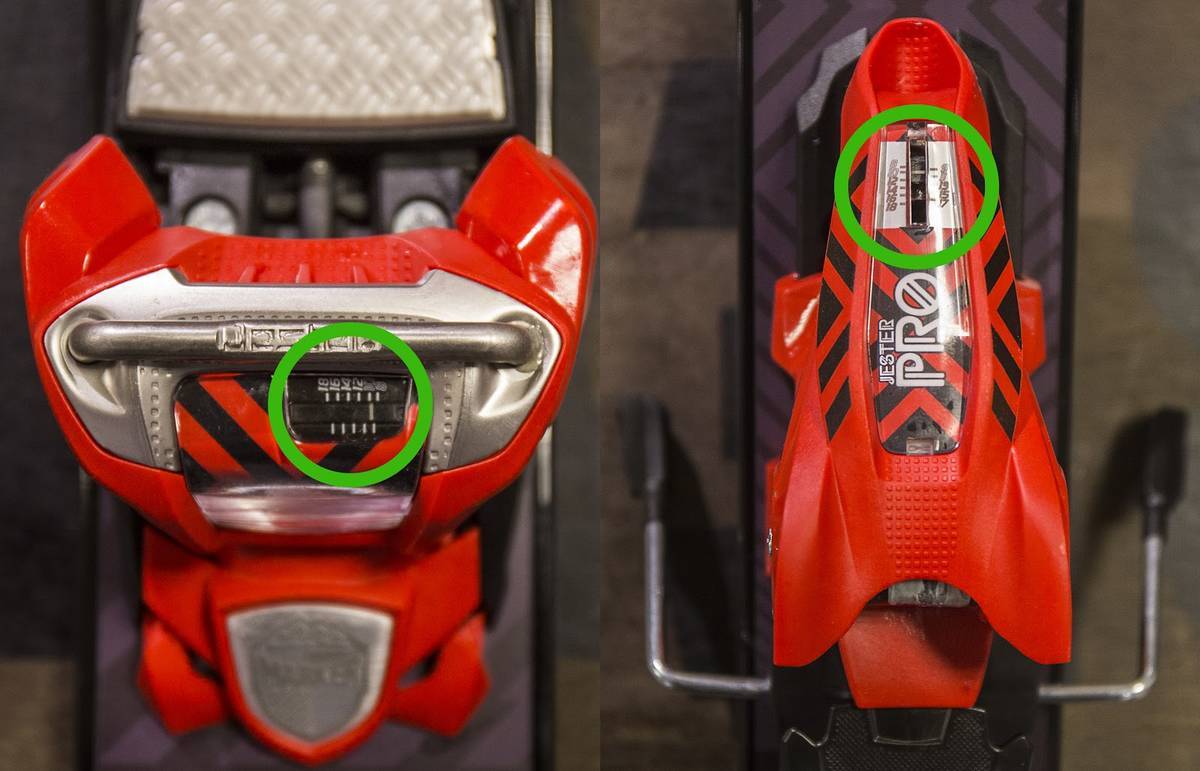 Correct DIN settings are crucial for ski bindings for all ages.
Correct DIN settings are crucial for ski bindings for all ages.
Adjust the release/DIN value for both toe and heel portions on your alpine ski binding. The bindings show their specific DIN range, letting you tailor the release to suit your skills, weight, height, and age.
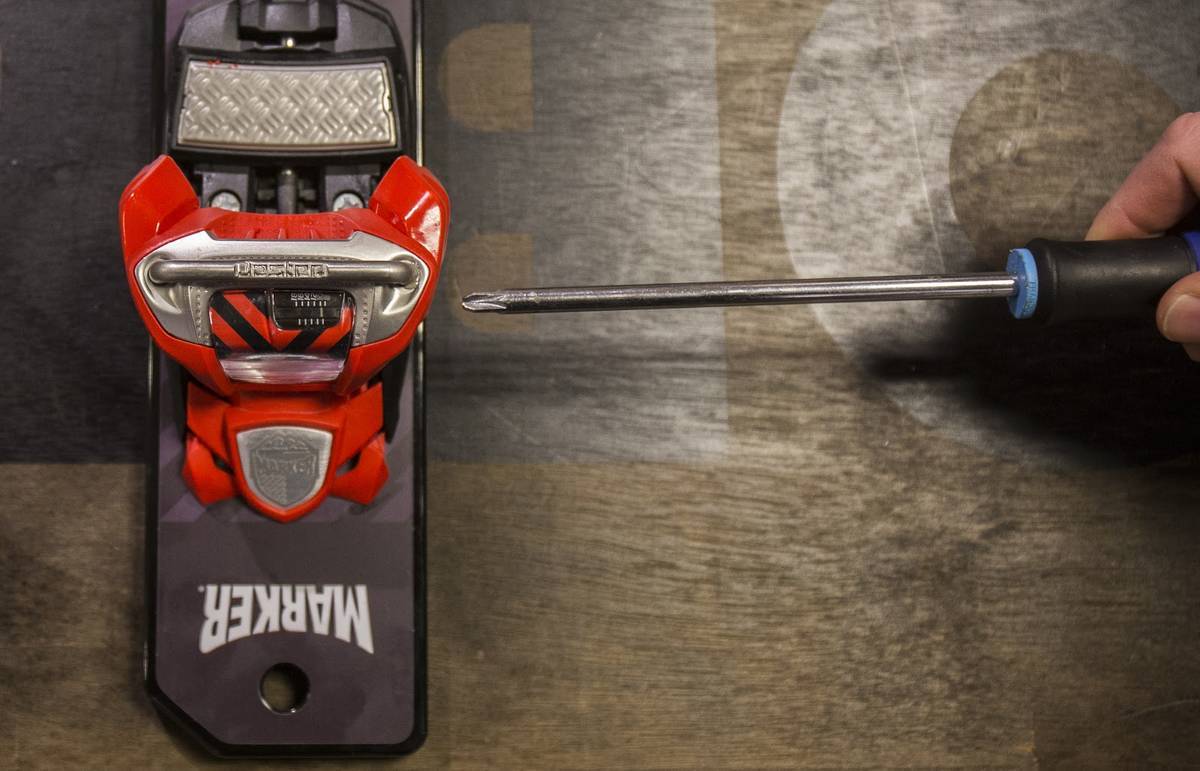
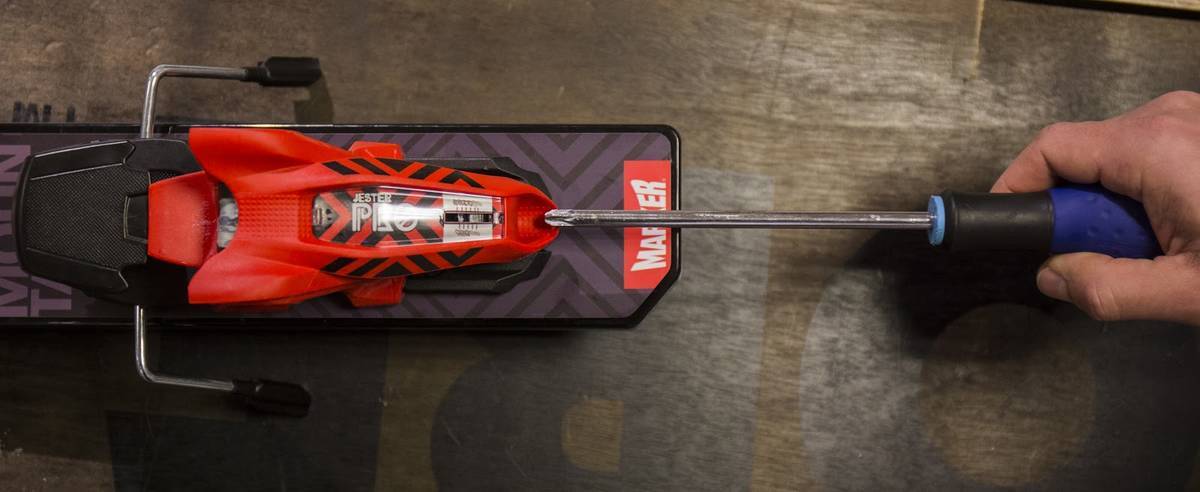
Ensuring Correct DIN Ski Binding Adjustment
If ordering skis with bindings, you can calculate your DIN value at checkout. This allows us to mount and adjust bindings accurately per your skill, weight, height, and age.
See the DIN calculator for ski and binding orders: